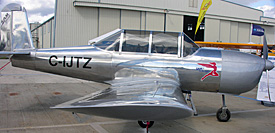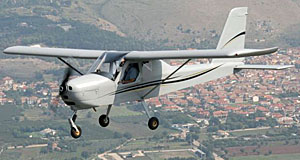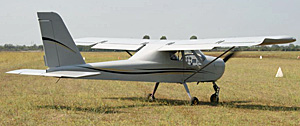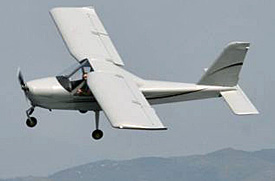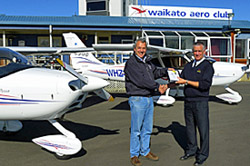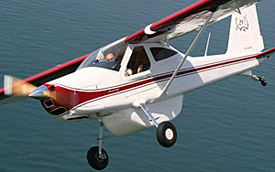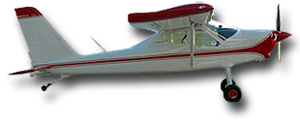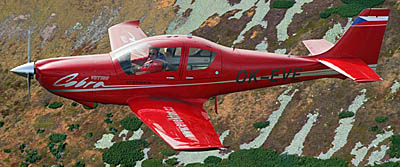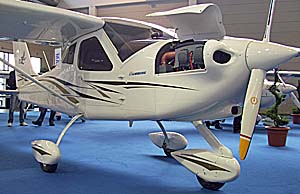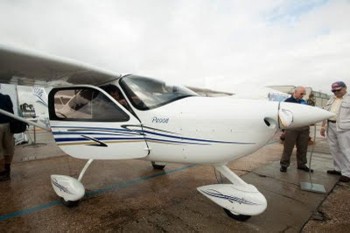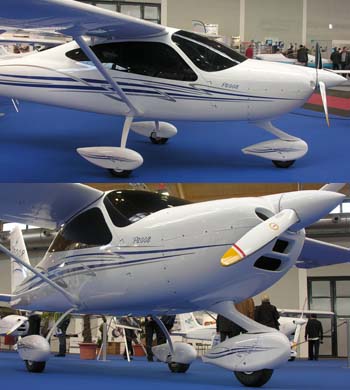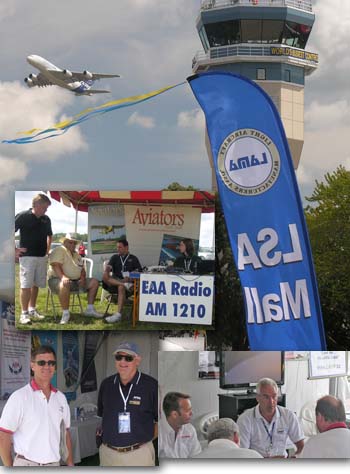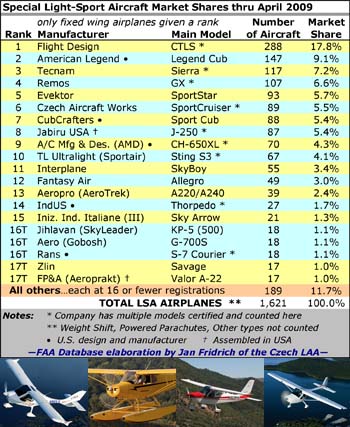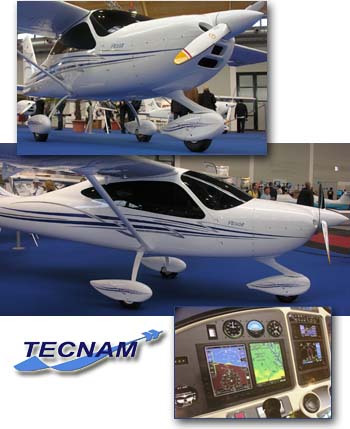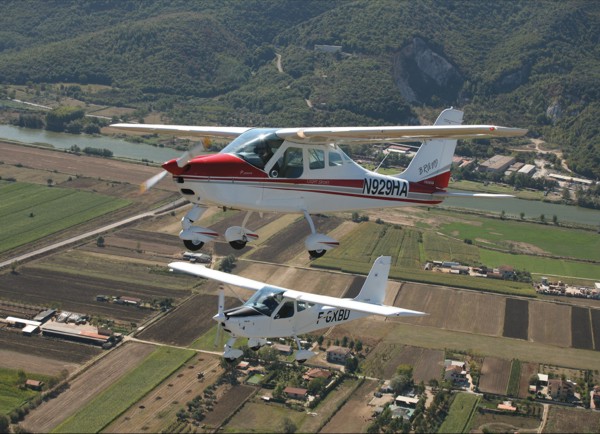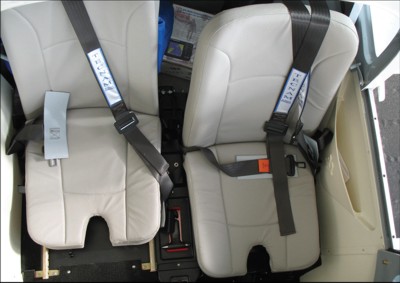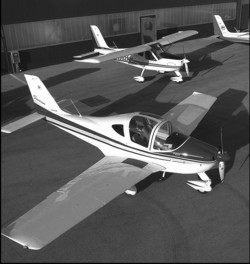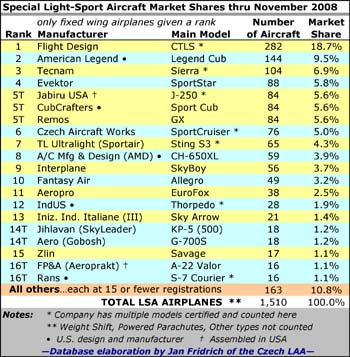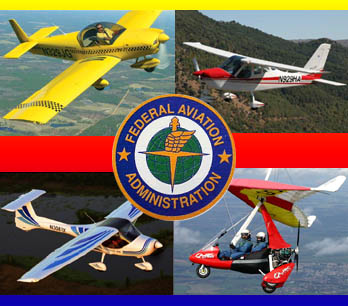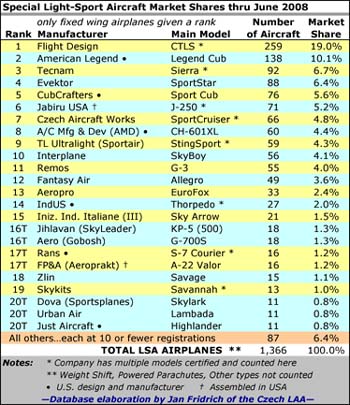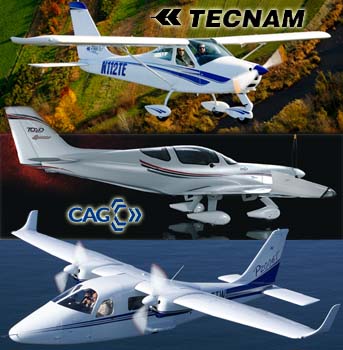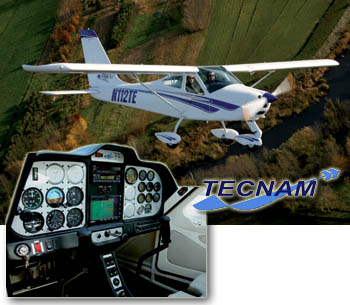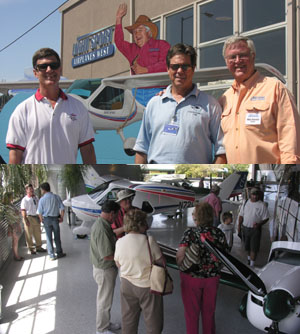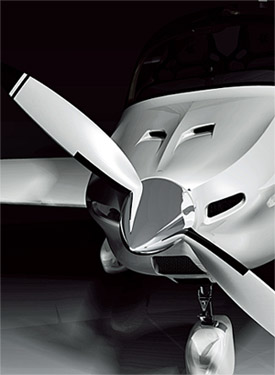
Tecnam announced that it will reveal their “Astore” next generation Light Sport Aircraft at Aero Friedrichshafen 2013 in Germany on April 24th. “Astore is an all-new, two-seat, low-wing airplane that offers superlative performance,” wrote company officials. The Italian company celebrates its 65th year in 2013 and saw fit to name the new model accordingly. “What could be more fitting in this special anniversary year than for Professor Luigi Pascale, Tecnam’s legendary head of aircraft design, to name his new creation in honor of his first production aircraft, the P48 Astore.” Tecnam has a tradition of naming models for the year the design was introduced. Tecnam said their new Astore “affords the pilot the smoothest and most pleasurable flight with innovations such as an Apple iPad® mini supplied with each aircraft as standard.” They’ll use a Levil G mini WiFi connection to supply information for the smaller Apple tablet so it can act as the Astore’s Primary Flight Display.





